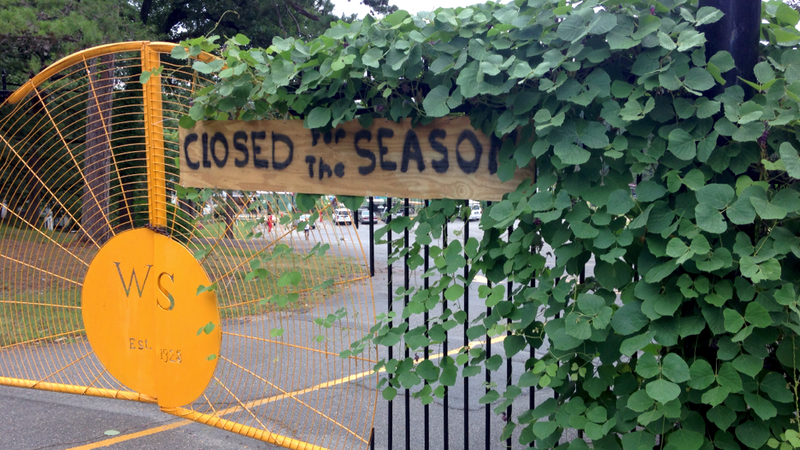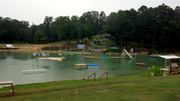LITTLE ROCK — Willow Springs Water Park will close for the season after the Arkansas Department of Health discovered a bacterial parasite in the park's water.
The presence of Naegleria fowleri, an amoeba that can cause a potentially fatal brain disease known as primary amoebic meningoencephalitis, was discovered after a child was recently infected.
Health Department State Epidemiologist Dr. Dirk Haselow said the department's became aware of the child's infection last week. Health Department officials, with help from the Centers for Disease Control and Prevention, investigated Willow Springs for the amoeba and found it in the water.
As a result, the park decided to voluntarily close for the season.
Haselow said it is the second time in the past 10 years they've discovered the amoeba in the water at Willow Springs — the only two cases officials have found in the state during that time.
"When there is no way to mitigate [the disease] in that setting, the only option is to close that setting," said Haselow, who praised the park owners for taking the initiative to close.
Prognosis for park
Willow Springs owner David Ratliff said Friday afternoon that for now, the park will remain closed and it is possible it will never reopen.
An emotional Ratliff said the park is looking into replacing the sediment bottom in the pool with a hard bottom, but he has doubt that it's financially feasible.
Park officials were approached by the Health Department on Thursday about the amoeba and were told to shut down or the state would shut down the park.
Ratliff said health officials told him that since the strain is not traceable, it will never be known whether the two cases definitely came as a result of swimming at the park. Both of those infected had recently gone swimming at Willow Springs.
When meeting with the Health Department on Thursday, Ratliff said, he was told that since the deadly bacteria strain was possibly connected to Willow Springs, the odds of it being in the park's water increased from 1 in about 30 million to 1 in 71,000.
David's wife, Lou Ann Ratliff, said they were not told until Thursday that there was a possibility that the strain the Health Department discovered in 2010 that resulted in the death of a young boy was connected to Willow Springs.
Toll of the disease
Early symptoms of the disease include headache, stiff neck and throwing up. Eventually, the infected become overly sleepy and confused. The disease takes about seven days to turn fatal, Haselow said. Primarily, those that contract the disease do so when water carrying the amoeba enters their nasal passages. The amoeba eventually makes its way to the brain.
Haselow added that the park is at an increased risk for the disease because of its natural setting. Unlike public water parks with man-made pools, Willow Springs has a dirt and sediment bottom that makes it difficult to take the proper precautions against the disease, he said.
Haselow added that this should not discourage people from taking a dip in the pool, but advised swimmers to take some precautions. Wearing nose clips, avoid dunking the head underwater in natural water settings and also avoiding swimming where the water temperature is over 85 degrees are helpful, he said.
MORE INFORMATION
http://1.usa.gov/16…">Arkansas Department of Health offers more information about Naegleria

